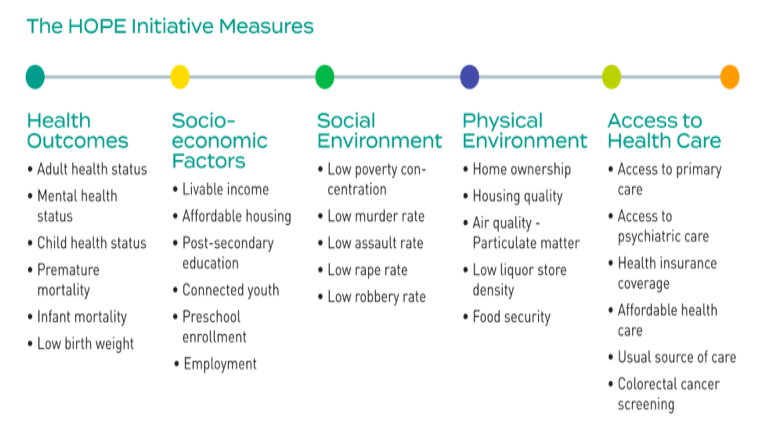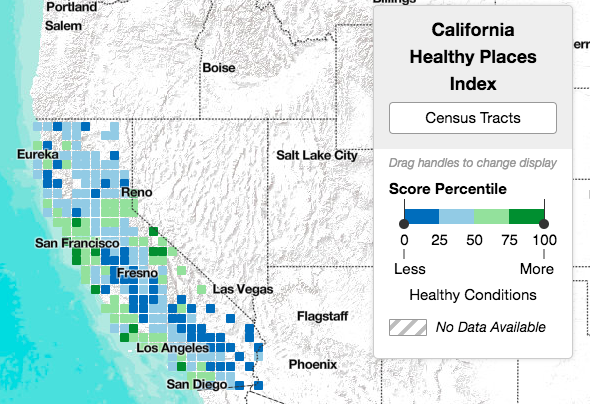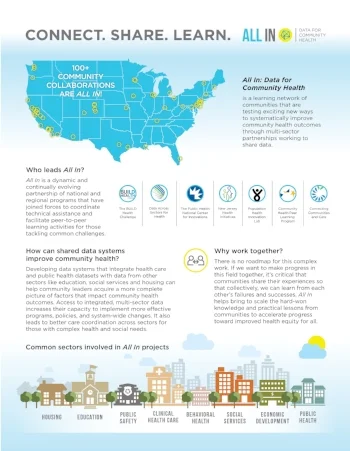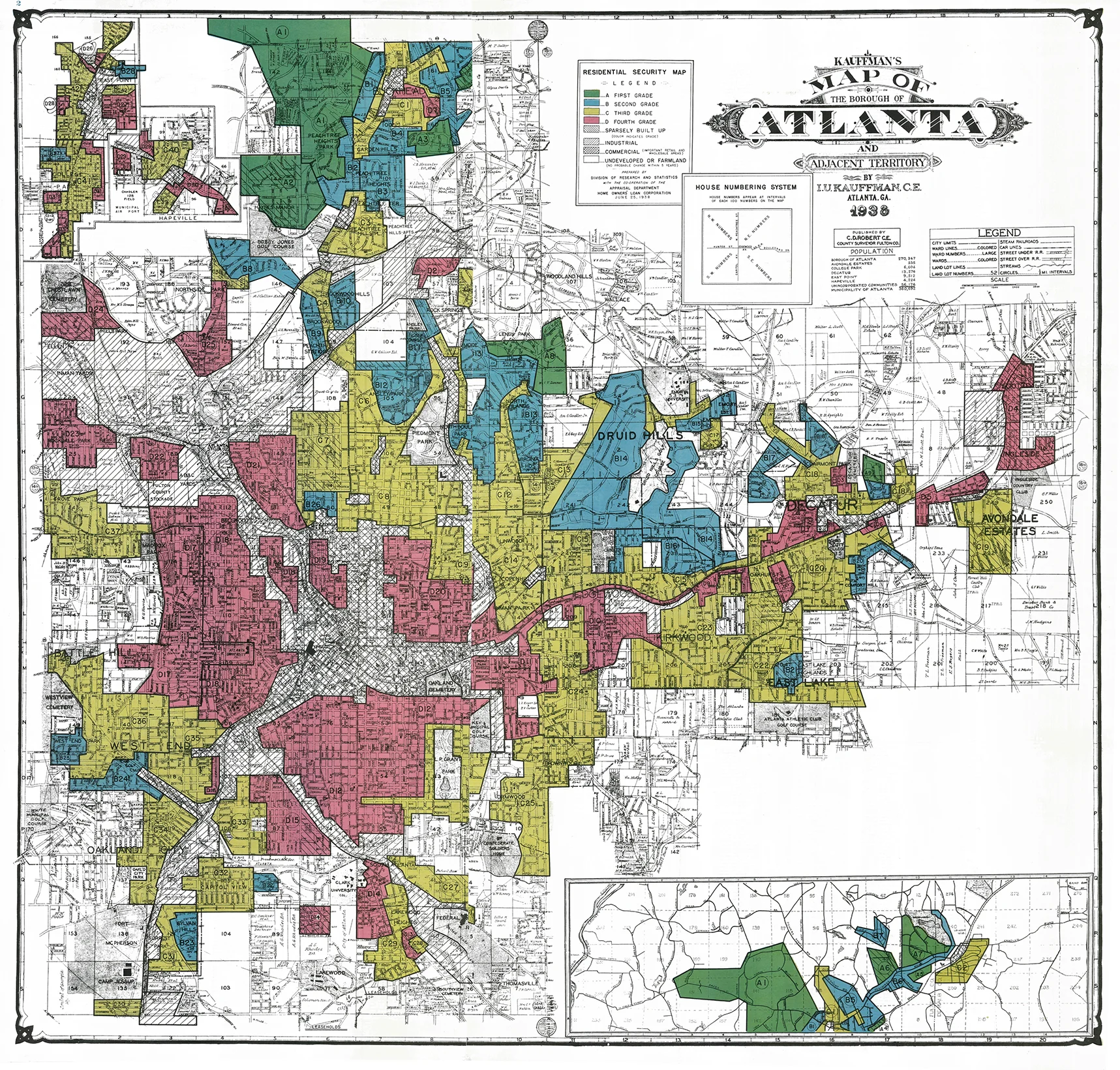Counting a Diverse Nation: Disaggregating Data on Race and Ethnicity to Advance a Culture of Health
/"Racial and ethnic health disparities and inequities can only be eliminated if high-quality information is available by which to track immediate problems and the underlying social determinants of health. Such information can guide the design and application of culturally specific approaches to medicine and public health. Often, health outcomes are disaggregated only by broad racial and ethnic categories such as White, Black, or Hispanic. However, the great, and growing, diversity of the American population means that people’s actual experiences are much more specific.
The U.S. has numerous compelling reasons to build and maintain a much more robust practice of disaggregating data below the level of major racial groups and to link these data to the factors that influence health. Improving how we create, understand, and handle disaggregated data about race and ethnicity is central to the pursuit of health equity and a deeper appreciation of American society overall..."
Read the full report from Policy Link.
Read More







